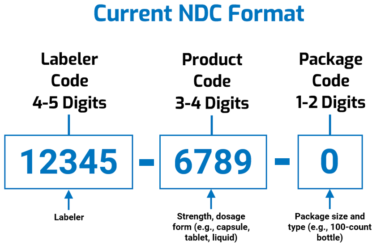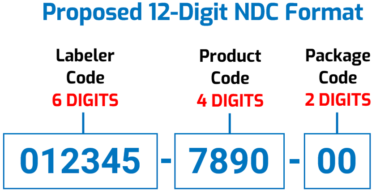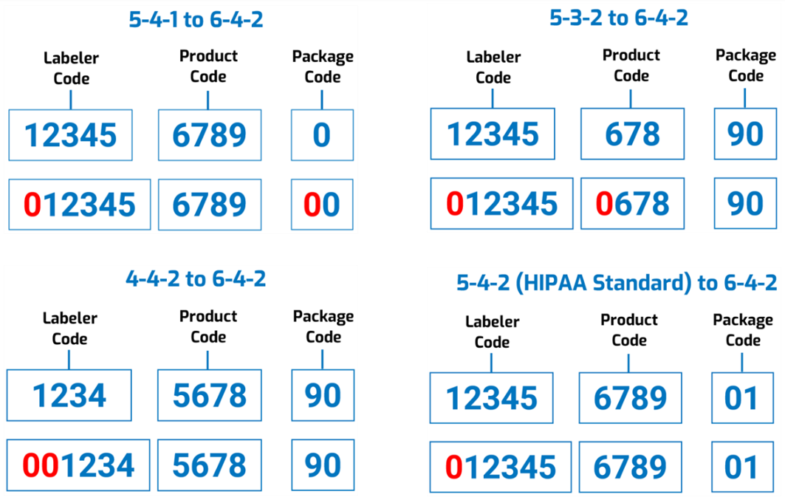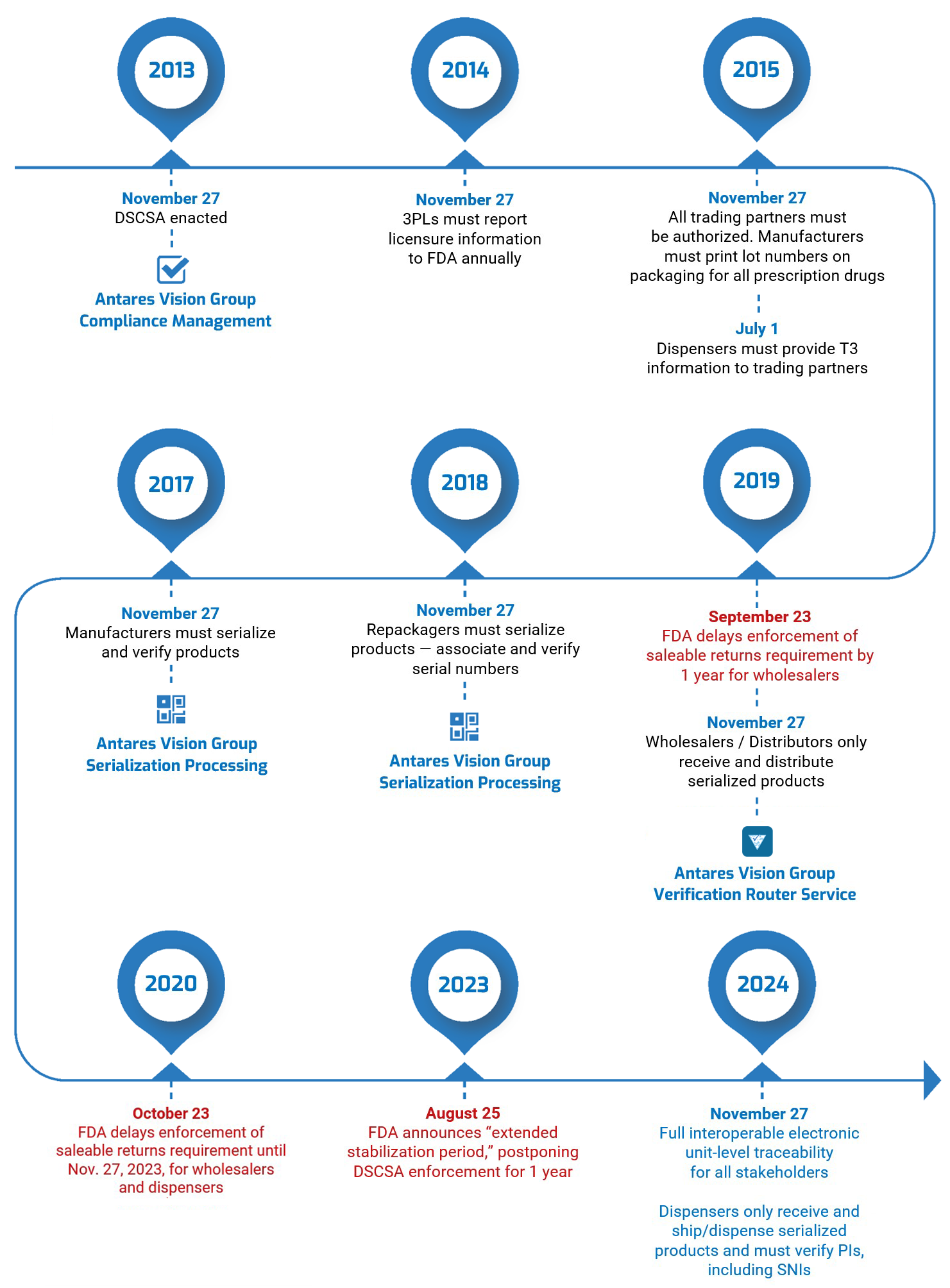rfxcel, part of Antares Vision Group, will implement DSCSA compliance solutions to help ensure pharmacies across the northern Nevada healthcare network comply with the regulations.
Reno, Nevada, March 8, 2023 — Antares Vision Group (EXM, AV:IM), a leading provider of track and trace and quality control systems, today announced that rfxcel, which is part of the Group, has begun a partnership with Renown Health Foundation to implement compliance software so the network can track and trace pharmaceuticals in compliance with the Drug Supply Chain Security Act (DSCSA).
With rfxcel’s DSCSA compliance solutions, Renown Health’s medical groups and pharmacies will achieve real-time electronic tracing of drug products at the package level to identify and trace prescription drugs as they are distributed throughout the health system. This will enhance Renown’s ability to help protect patients from exposure to drugs that may be counterfeit, stolen, contaminated, or otherwise harmful.
“Reno has been our home since 2018 and many of our employees live and work in the northern Nevada region,” said rfxcel CEO Glenn Abood. “Renown is one of the leading not-for-profit healthcare organizations here and is the perfect partner to team with to give back to our community. We are excited about the opportunity to work with them and to help improve the health and well-being of our friends and neighbors.”
“Ensuring our patient’s medications are safe and legitimate is of the upmost importance to us,” said Renown’s Vice President of Pharmacy Services Adam Porath. “When members of our community get involved in our work, it brings us all closer together. We are thankful that Antares Vision Group and rfxcel are partnering with us on our healing mission. They are making it possible for us to keep our patients safe, comply with the demanding DSCSA requirements, and respond quickly to changing supply chain requirements.”
For further information, write us at news@rfxcel.com.
ABOUT ANTARES VISION GROUP
Antares Vision Group is an outstanding technology partner in digitalization and innovation for companies and institutions, guaranteeing the safety of products and people, business competitiveness, and environmental protection. The Group provides a unique and comprehensive ecosystem of technologies to guarantee product quality (inspection systems and equipment) and end-to-end product traceability (from raw materials to production, from distribution to the consumer) through integrated data management, applying artificial intelligence and blockchain technology. Antares Vision Group is active in life science (pharmaceutical, biomedical devices and hospitals) and Fast-Moving Consumer Goods (FMCG), including food, beverage, cosmetics, and glass and metal containers. As a world leader in track and trace solutions for pharmaceutical products, the Group provides major global manufacturers (over 50% of the top 20 multinationals) and numerous government authorities with solutions, monitoring their supply chains and validating product authenticity. Listed since April 2019 on the Italian Stock Exchange in the Alternative Investment Market (AIM) segment and from 14 May 2021 in the STAR segment of the Mercato Telematico Azionario (MTA), Antares Vision Group recorded a turnover of €179 million in 2021, operates in 60 countries, employs more than 1,000 people, and has a consolidated network of over 40 international partners. To learn more, please visit www.antaresvision.com and www.antaresvisiongroup.com.
ABOUT RENOWN HEALTH
Renown Health is Nevada’s largest, not-for-profit integrated healthcare network serving Nevada, Lake Tahoe, and northeast California. With a diverse workforce of more than 9,000 employees, Renown has fostered a longstanding culture of excellence, determination, and innovation. The organization comprises a trauma center, two acute care hospitals, a children’s hospital, a rehabilitation hospital, a medical group and urgent care network, and the locally owned not-for-profit insurance company, Hometown Health. Renown is currently enrolling participants in a community-based genetic population health study, the Healthy Nevada Project®.







